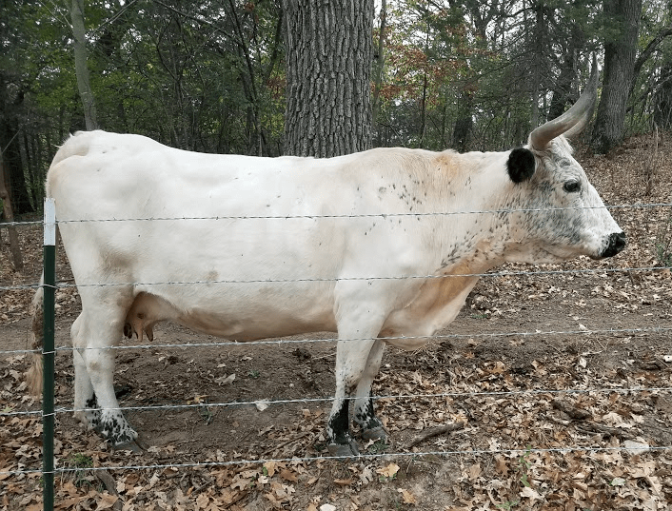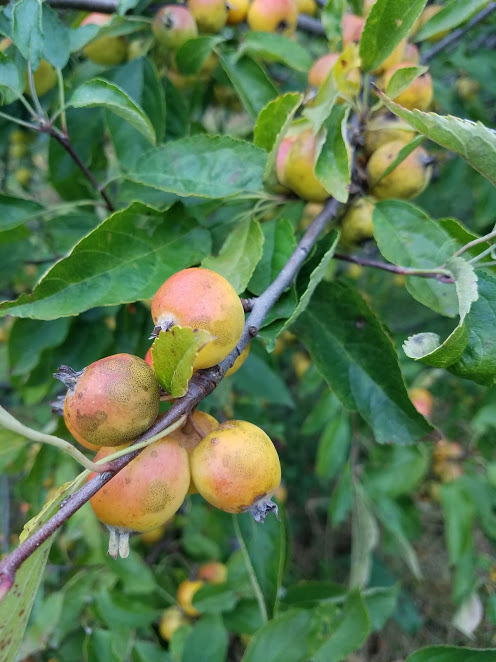A stop that has been on my roadmap since the inception of this trip has been Decorah, Iowa and Heritage Farms, built and managed by the Seed Savers Exchange, a non-profit organization devoted to collecting and preserving heirloom seeds. The group was originally founded in 1975 by Diane and Kent Whealy, who started with two plant varieties entrusted to Diane by her Bavarian ancestors. They eventually expanded their seed exchange to include over 13,000 members and 25,000 seed varieties.
I learned of Seed Savers from a lady on a Continental Divide Trail building crew a few years ago. She enlightened me to the potential dangers of losing the world’s natural, robust selection of seed varieties, which enables the ecosystem to be more diverse and resistant to various environmental changes, disease, and pest invasions. Variety equals the ability to adapt and survive rather than “putting all our eggs in one basket”, so to say, and depend on only a few varieties of plants to always be available and viable.

The farm houses a seed vault with over 25,000 varieties of plant seeds and actively works to bring back endangered, often ancient, varieties of different garden plants. The organization is also dedicated to revitalizing the all-but-lost tradition of individual gardeners collecting, keeping, and using their own seeds each year rather than simply buying new seeds. In addition to their gardener education programs and seed collection, much of which they sell in their gift shop and online catalog, they also maintain an 890-acre farm where they grow over 1,000 different plants each year.

The grounds consist of multiple display gardens, barns, hiking trails, creeks, forests, and orchards. Visitors are welcome to explore the grounds, and they even allow leashed dogs, so Zeus got in a good walk too!

In addition to protecting and preserving plants, they also have projects to revive endangered cattle, chicken, turkey, duck, and geese breeds. Their Ancient White Park cattle herd is a favorite viewing attraction for visitors and add both an interesting story and beauty to the farm.

- A White Park beauty demonstrating the trademark “U” shaped horns.
It is believed that Ancient White Park cattle originated as early as the 5th century in the British Isles, and images of them with their iconic curved horns can be seen in many pieces of art and literature.

- This model displays the black speckled skin associated with a recessive gene trait. Others have a reddish tint, but all have the tell-tale black ears and nose.
During World War II the British government shipped a few breeding pairs to the United States when the threat of a Nazi invasion seemed imminent. The cattle were kept in various zoos, and even the King Ranch in Texas, before finding a home with the Seed Savers Exchange in 1988. The farm has grown the herd to over 80 today and maintains genetic purity and diversity by splitting them into two herds that roam the cattle pastures.

- Zeus was a great photographer’s assistant, grabbing the cows’ attention. This lady displays some of the largest horns I saw.
After meeting the cows, we saw a few turkeys, chickens, ducks, geese, and even ran into a few goats. The geese hissed at Zeus and the goats were very curious, but luckily he came out unscathed.

- Cute chicken, but the turkeys…still such funny looking birds.

Our last stop on the farm was the Heritage Orchard with over 700 varieties of apples. Now, when I go the grocery store, I know I’m probably going to have maybe five to ten different apples to choose from, which are mainly distinguished by color (Golden Delicious, Granny Smith, Red Delicious, Pink Lady, etc.). While our apple selection today is better than a few decades ago, we are still largely ignorant of the different sizes, tastes, and textures an apple can exhibit.

- So many apples!!
The Heritage Orchard is a public orchard, thus visitors can try apples that have fallen from the trees. With 700 choices in front of me, I had a hard time deciding which to try but absolutely loved the freedom afforded by the ability to choose. I tasted apples of all colors and sizes and enjoyed the tartness, sweetness, earthiness, tanginess, and overall vibrancy of the different flavors. If you’ve only ever had Red Delicious or Granny Smith, I argue that you don’t even know what an apple tastes like.

- The apples were perfectly ripe, and I was able to find many specimens worthy of eating from the orchard floor.

While I don’t really want 700 apples to choose from at the grocery store since it would take forever to pick one with my indecisive brain, I did appreciate the knowledge that even one type of fruit can have so many varieties. Each variety not only has its own flavor profile but also its own set of adaptations that can be used by knowledgeable growers to defend against challenges such as weather, bugs, and disease rather than relying on chemicals to artificially, and momentarily, offer prevention against the aforementioned ills.
If you are interested in the Seed Savers Exchange, please visit their website at seedsavers.org
You can even become a member of the Seed Savers and help them continue their work at Heritage Farms. Members receive discounts on seeds and merchandise and also member pricing on events and workshops. They will keep you updated through their monthly magazine, available only to members, and also periodically offer access to seed varieties not available to the public.
If you like gardening, I highly recommend becoming a member and learning more about the organization.

Apple heaven! And those cows are so gorgeous.
LikeLiked by 1 person